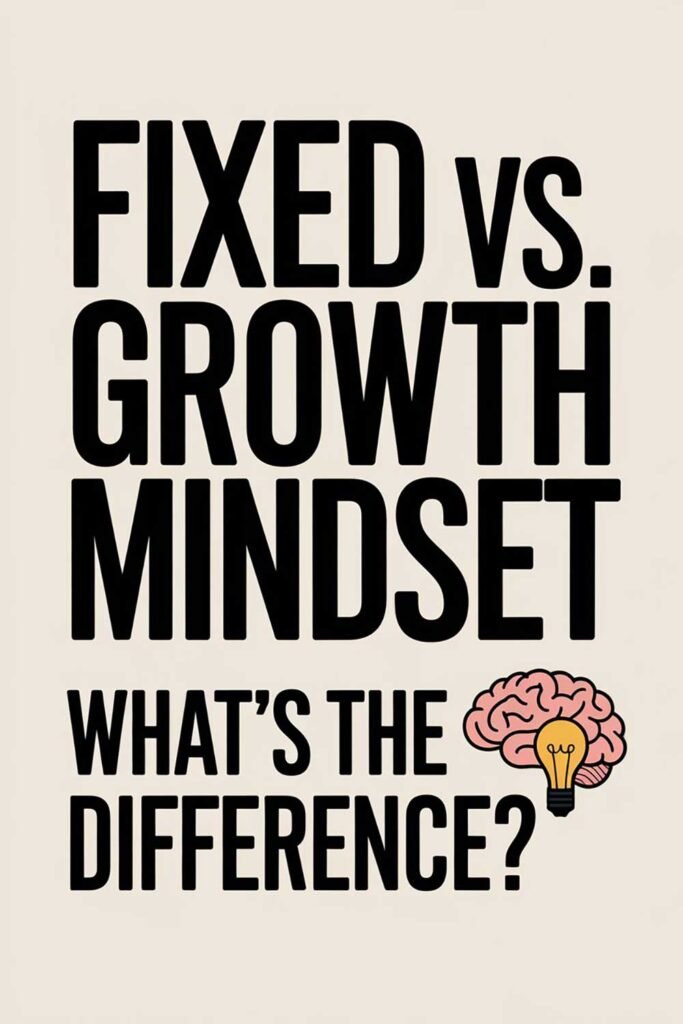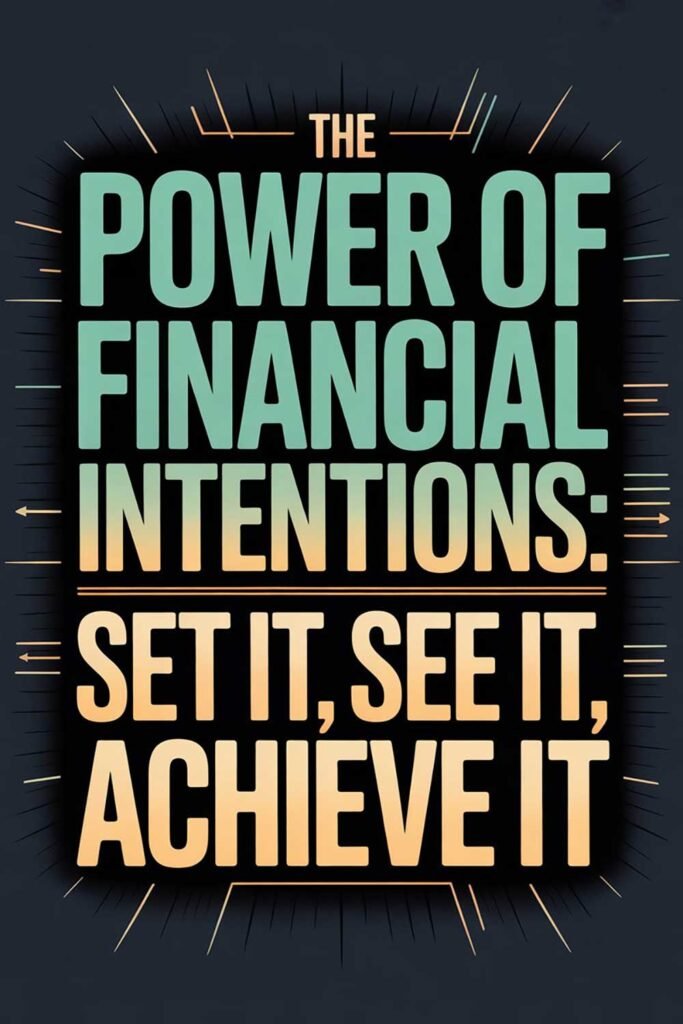How to Prioritize Competing Financial Goals
Balancing multiple financial goals can feel overwhelming. Should you focus on paying off debt, building an emergency fund, saving for a home, investing for retirement, or planning for your child’s education? What happens when all these goals are important but your income only stretches so far?
The truth is, financial success isn’t just about earning more—it’s about prioritizing wisely. This long-form guide will walk you through how to confidently organize and pursue multiple financial goals without burning out or losing momentum.
We’ll cover step-by-step methods, real-world examples, mindset shifts, and powerful strategies that will help you gain clarity, make progress, and finally feel in control of your money.
Why Competing Financial Goals Cause Stress
Trying to do everything at once usually leads to one of two outcomes:
- You spread your money so thin that you make little progress on any goal.
- You avoid taking action entirely because it feels too complex to manage.
You’re not alone. According to a 2023 report by the American Psychological Association, 65% of Americans report money as a top source of stress, and much of that stress stems from uncertainty about financial priorities.
The good news? There’s a clear, strategic way forward.
Step 1: Get Clear on Your Goals
Start by writing out all your financial goals, both short-term and long-term. Common ones include:
- Paying off credit card or student loan debt
- Building a 3-6 month emergency fund
- Saving for a down payment on a house
- Contributing to retirement accounts
- Funding a child’s college savings
- Starting a business or side hustle
- Taking a dream vacation
Clarity is power. If you don’t know exactly what your goals are, you can’t rank them or make progress.
Step 2: Categorize Goals by Time Horizon
Group your goals into three buckets:
- Short-Term (0–2 years): Emergency fund, paying off high-interest debt, saving for a vacation.
- Mid-Term (2–5 years): Buying a home, upgrading a car, saving for a wedding.
- Long-Term (5+ years): Retirement, college savings, paying off a mortgage early.
This helps you view goals in context rather than all stacked on top of each other.
Step 3: Assess Urgency vs. Importance
Not all goals carry the same financial or emotional weight. Ask yourself:
- What happens if I delay this goal?
- Does this improve my financial security?
- Which goals have deadlines or external pressure?
- Which goals would relieve the most stress right now?
Example:
- High-interest debt is usually urgent because it costs you money every month.
- Retirement savings is important but not urgent—unless you’re in your 50s and behind on contributions.
Step 4: Use the 50/30/20 Rule to Allocate Funds
A great rule of thumb is to budget your income as follows:
- 50% to needs (housing, food, insurance, transportation)
- 30% to wants (entertainment, hobbies, travel)
- 20% to financial goals (savings, debt repayment, investing)
Within that 20%, you can split your money among your top-priority goals. If you can increase your savings percentage, even better.
Step 5: Pick a “Primary Goal” and Focus Fire
You don’t have to ignore your other goals—but you should focus most of your energy on one at a time for faster results.
Example:
- Primary focus: Paying off credit card debt.
- Secondary: Contributing $50/month to an emergency fund.
- Tertiary: $25/month to a retirement account.
When you eliminate one major goal, it frees up mental bandwidth and money to go after the next.
Real-Life Example: Erica’s Financial Overhaul
Erica, a 34-year-old teacher from Colorado, was drowning in competing goals: $12K in credit card debt, no emergency fund, and a dream of buying her first home.
She created a financial vision board, broke her goals into timelines, and made debt payoff her primary focus. Over 18 months, she aggressively paid down debt using the snowball method while contributing $25/month to a small savings buffer.
“Once the debt was gone, it felt like I got a raise. I now put that money toward my emergency fund and down payment savings. I learned that focus beats multitasking in money every time.”
Step 6: Automate Where Possible
Set up automatic transfers to different accounts so you’re saving consistently. If your goals are set-it-and-forget-it, you reduce decision fatigue.
- Emergency fund: Weekly or biweekly auto transfers
- Roth IRA or 401(k): Payroll deductions
- Debt: Auto-pay more than the minimum each month
Step 7: Revisit and Rebalance Quarterly
Life changes—and so do your financial goals. Set a reminder every 3 months to:
- Check your progress
- Reassess priorities
- Reallocate funds if needed
- Celebrate wins
Staying flexible is key to maintaining motivation.
Step 8: Celebrate Every Milestone
Paid off a credit card? Saved your first $1,000? Completed your emergency fund?
Celebrate! Create rituals for financial wins: a dinner out, a nature walk, a note to yourself in a journal. This builds momentum and makes the process feel rewarding.
20 Quotes About Prioritizing Financial Goals
“You can do anything, but not everything.” — David Allen
“A goal without a plan is just a wish.” — Antoine de Saint-Exupéry
“The best time to start was yesterday. The next best time is now.” — Unknown
“Every dollar you save is a step closer to freedom.” — Rachel Cruze
“Clarity breeds mastery.” — Robin Sharma
“Don’t prioritize your schedule. Schedule your priorities.” — Stephen Covey
“Financial fitness is not a pipe dream. It’s a decision.” — Suze Orman
“Do something today your future self will thank you for.” — Sean Patrick Flanery
“You can’t manage what you don’t measure.” — Peter Drucker
“Progress, not perfection.” — Unknown
“The man who moves a mountain begins by carrying away small stones.” — Confucius
“Money is a tool. Use it wisely.” — Dave Ramsey
“Discipline is choosing between what you want now and what you want most.” — Abraham Lincoln
“Budgeting isn’t about limiting yourself. It’s about making room for the things that matter.” — Unknown
“Set your goals high, and don’t stop till you get there.” — Bo Jackson
“Financial peace isn’t the acquisition of stuff. It’s learning to live on less than you make.” — Dave Ramsey
“Little by little, a little becomes a lot.” — Tanzanian Proverb
“Time is more valuable than money. You can get more money, but not more time.” — Jim Rohn
“You don’t have to be extreme, just consistent.” — Unknown
“Success is the sum of small efforts, repeated day in and day out.” — Robert Collier
💫 Picture This
You sit down at your kitchen table, coffee in hand, and look at your progress tracker. The debt bar is shrinking, your emergency savings has finally hit $2,000, and your Roth IRA contributions are on auto-pilot. You’re not stressed or overwhelmed anymore. You have a plan, and you’re working it. You’re in control.
No more juggling. Just calm, focused progress.
What could your life look like if your money finally started working with you, not against you?
🌟 Please Share This Article
If this article helped you bring clarity to your competing financial goals, please share it with a friend, family member, or post it on your favorite social media platform. You never know who needs this kind of clarity today.
⚠️ Disclaimer
This article is based on general financial guidance and personal experiences. It does not constitute financial advice. Please consult a licensed financial professional for advice tailored to your situation.






